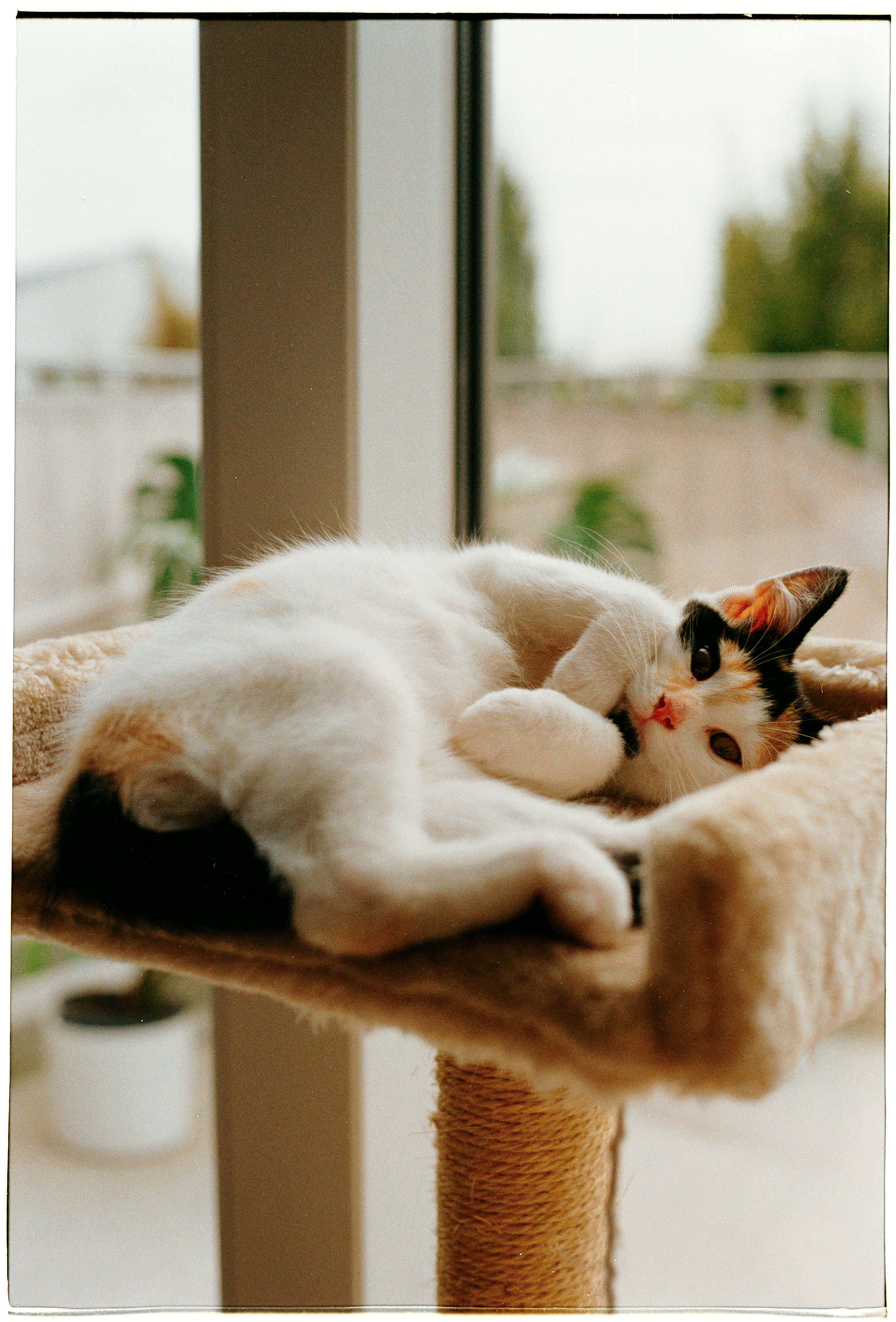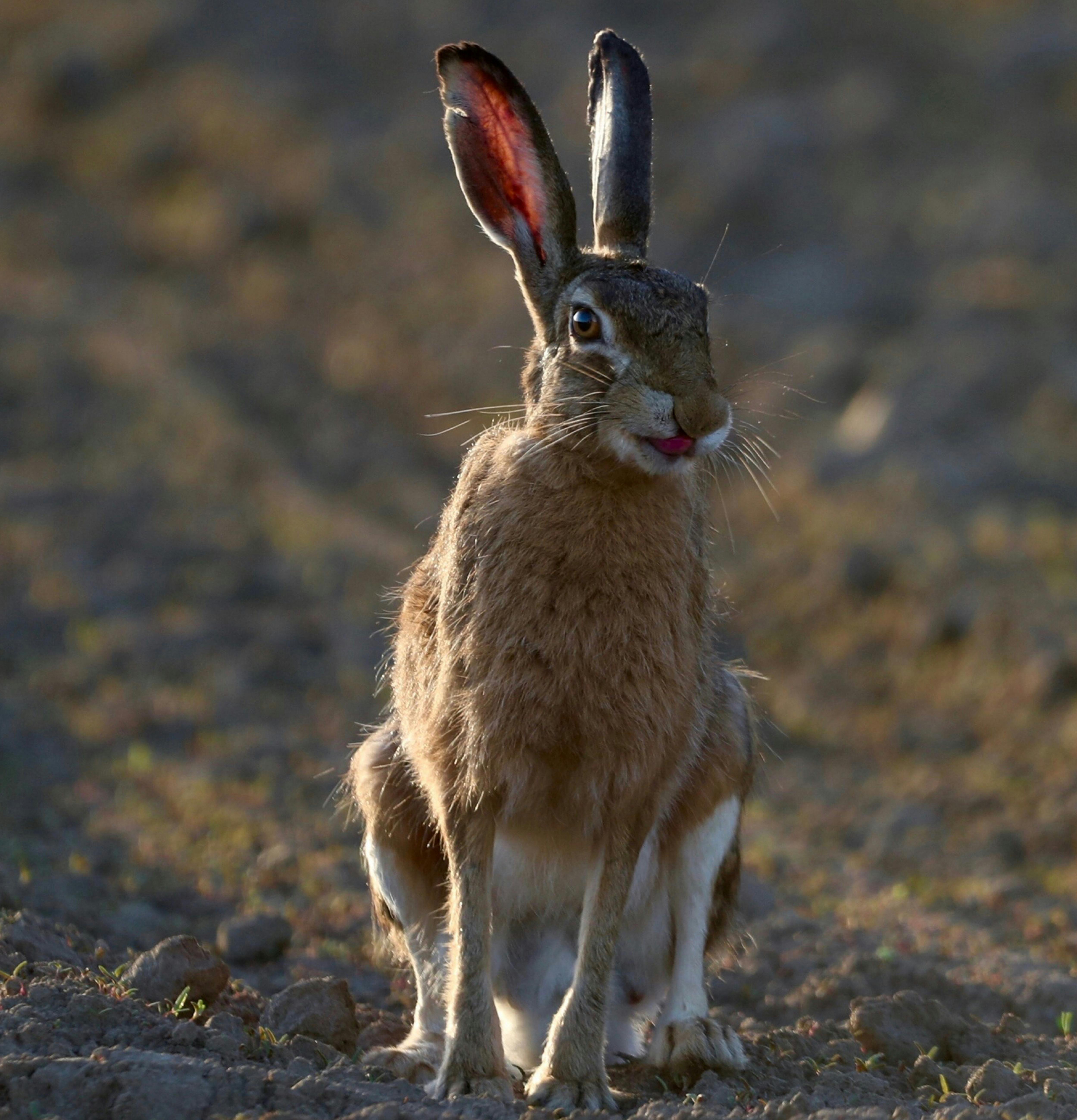Apply Now
Essential Guide to Easy Hamster Drawing for Beginners
Introduction to Hamster Drawing
If you're looking for a fun and creative way to express yourself through art, drawing hamsters is a delightful choice! Not only are these tiny pets adorable, but they also make excellent subjects for various artistic styles, from cartoonish doodles to realistic sketches. Whether you're a child or an adult wanting to dive into the world of pet illustrations, mastering the basic techniques of hamster drawing can be incredibly rewarding.
The benefits of engaging with hamster drawing include enhancing your artistic skills, boosting creativity, and providing a relaxing outlet for self-expression. This guide aims to walk you through simple step-by-step techniques for drawing hamsters, making it accessible for beginners and fun for kids. Throughout the article, you will explore techniques, learn cute hamster illustration ideas, and gather tips to enrich your drawing journey.
So grab your pencils and sketchbooks as we embark on this enjoyable adventure of bringing hamsters to life through art!
Understanding Hamster Anatomy
Before diving into your drawing, it's essential to grasp the basic anatomy of a hamster. Understanding their structure helps create a more accurate depiction and can enhance your overall drawing skills. A hamster consists of prominent features such as large cheek pouches, tiny ears, and fluffy fur that can add charm to your sketches.
One of the best methods to get acquainted with hamster anatomy is to observe them in real life or through photographs. Pay special attention to their body proportions; hamsters have a rounded body ideal for illustrations. Incorporating details such as their little feet and expressive eyes can add personality to your drawings, making them even more adorable.
This foundational knowledge will serve as a springboard for your artistic exploration. Next, let's discover the tools you'll need to start your hamster drawing journey.
Choosing the Right Hamster Drawing Supplies
Selecting the appropriate drawing materials is vital for a successful hamster art experience. For beginners, standard supplies include:
1. Pencils: A good set of graphite pencils offers versatile options for sketching. Start with a range from HB for outlines to 2B or 4B for shading.
2. Paper: Choose a sketchbook or drawing paper that accommodates pencil drawings. Be sure the paper's texture allows for smooth pencil application.
3. Erasers: A kneaded eraser is excellent for lifting graphite without damaging the paper, while a traditional rubber eraser works well for clean corrections.
4. Optional: Color pencils or markers can enhance your hamster illustrations, adding vibrancy and personality to your art.
Once you've gathered your materials, you’ll be ready for the fun part: drawing. Building on these fundamentals, let's take a look at the step-by-step process of drawing a hamster.
Step-by-Step Hamster Drawing Techniques
First Steps to Drawing a Hamster
To begin your hamster drawing, start with a basic shape. Draw an oval for the body and a smaller circle for the head, connecting the two with gentle curves to represent the neck. This initial framework creates the general proportions for your hamster.
Next, sketch two smaller circles on top of the head for the eyes. Position them symmetrically for a balanced look, giving your future hamster character a spark of life. Remember, maintaining proportions is key, and as you progress, you’ll refine these shapes into the characteristic hamster form.
Adding limbs and facial features is the next step. Draw small, rounded shapes for the feet, ensuring they are proportionate to the body. For the face, sketch two little ears perched atop the head and add a tiny triangle for the nose. These features are crucial to establish the hamster's cute and endearing personality.
Enhancing Your Hamster Drawing
Once you’re satisfied with the basic structure, it’s time to enhance your drawing! Begin by refining the outlines, smoothing out the edges and adding fur details that reflect the hamster’s soft and fluffy texture. Light strokes can create an impression of fur that gives your hamster depth.
Provide expression to your cartoon hamster with simple lines. A gentle curve for the smile or added eyebrows can depict various moods—happy, curious, or even mischievous! Try experimenting with different expressions to convey emotions within your drawings.
Adding shading is another excellent technique for depth. While keeping it gentle, apply light pencil strokes on one side of the hamster to contrast against a lighter side, creating the illusion of light and shadow.
Drawing Realistic Hamsters
If you’re eager to take your hamster drawing further, consider focusing on realism. This involves paying great attention to the details—studying real hamsters can be immensely helpful. Observe their fur variations, colors, and unique features. Use these observations in your sketches, emphasizing texture and layering.
Utilize blending techniques to achieve a more lifelike appearance. Softly blending colored pencils can create beautiful transitions in color, further reflecting the realism of your subject. Remember, patience is key, and take your time experimenting with shades and layers until you find the perfect look.
As you progress in your hamster-art journey, don’t forget to have fun! Let's explore cute hamster drawing ideas next.
Cute Hamster Drawing Ideas
Character Designs for Hamster Illustrations
Creating character designs for your hamsters can be a delightful way to express creativity. Think beyond conventional looks—what if your hamster wore a tiny hat or a bow tie? This playful approach adds an engaging twist to your illustrations and allows for a variety of styles.
Consider exploring different poses. Draw your hamsters doing activities such as eating, sleeping, or running on a wheel. Illustrating dynamic movements can provide a lively feel to your artwork, making it more visually interesting.
Use this character design process to explore emotions and scenarios. For instance, sketch a hamster sharing a moment with its friends, perhaps with amusing facial expressions or poses. Expanding your artistic narrative can lead to whimsical, joyful illustrations.
Fun with Hamster Scenes
Creating hamster scenes can further spark your creativity. Imagine a whimsical setting where your hams are playing in a grassy field or enjoying a delightful picnic. Backgrounds can enhance the storytelling aspect of your drawings and bring life to your characters.
Incorporate elements that emphasize the pet’s habitat. Features such as tunnels, chew toys, and water bottles can create an authentic depiction of a hamster's environment. Play with colors and perspectives to provide a rich atmosphere for viewers to enjoy.
Don't hesitate to let your imagination run wild. Who says hamsters can’t have adventures of their own? Draw them exploring new places or interacting with other animals—this offers limitless opportunities for creativity.
Hamster Portrait Drawing and Techniques
Focusing on hamster portraits allows you to capture their unique characteristics intimately. Start with a clear reference photo showing the hamster's face; this helps in accurately portraying their features. Focus on the connections between the eyes, nose, and mouth.
Highlight details such as the whiskers and fur patterns leading from the face to the body. Incorporate variations in shading to reflect their volume and form. You might try experimenting with different artistic styles, switching between cartoonish features and more realistic approaches depending on your audience.
Lastly, embrace the journey of learning from your mistakes. If your first attempts don’t come out perfectly, keep practicing. Each drawing shapes your artistic identity, allowing for growth and unique expressions in your hamster art.
Common Challenges in Hamster Drawing
Troubleshooting Typical Issues
Many beginners encounter challenges while mastering hamster drawing. One common issue is achieving proportionate features. If the proportions feel off, don’t hesitate to use reference images for guidance or break down complex shapes into simpler geometrical forms.
Another hurdle may arise while creating fur textures. Practice shading and blending techniques to achieve a more realistic fur appearance. Utilize various pencil grades and implement cross-hatching to simulate depth.
A common mistake is neglecting to add personality to your hamster characters. Include small details that represent their behavioral traits—curiosity, shyness, or liveliness contribute to those unique touches that resonate with viewers.
Incorporating Mixed Mediums
Consider enhancing your hamster drawings by incorporating mixed media. Combining colored pencils with watercolor or markers can yield exciting results, blending the firmness of pencil lines with the fluidity of paint. Experiment with different techniques to see what resonates with your artistic style.
This form of creativity allows you to introduce more hues and layers in your hamster illustrations, elevating them from simply adorable to extraordinary works of art.
Q&A: Addressing Common Hamster Drawing Queries
What are the best techniques for drawing hamsters?
Some effective techniques include starting with basic shapes for structure, focusing on features such as eyes and ears for expression, and utilizing blending methods for texture. Regular practice is vital for mastering these skills.
How can I improve my hamster drawing skills?
Consistent practice, studying real hamster features, and trying different styles can significantly enhance your skills. Consider joining online drawing communities or classes to share your work and gain feedback.
Are there resources for learning hamster drawing online?
Yes! Websites and platforms like YouTube are excellent for finding tutorials and videos demonstrating hamster drawing techniques. Many art forums and blogs feature step-by-step guides that cater to all skill levels.
Conclusion and Next Steps
By now, you’ve explored essential hamster drawing techniques, learned how to enhance your illustrations with character, and tackled common challenges. Remember, every masterpiece begins with a humble sketch; each drawing uniquely reflects your creative journey.
So, continue practicing your hamster drawing skills, and don't hesitate to let your creativity shine! Gaining more experience will only enhance your abilities and build confidence as you embrace fun and joy through art.




